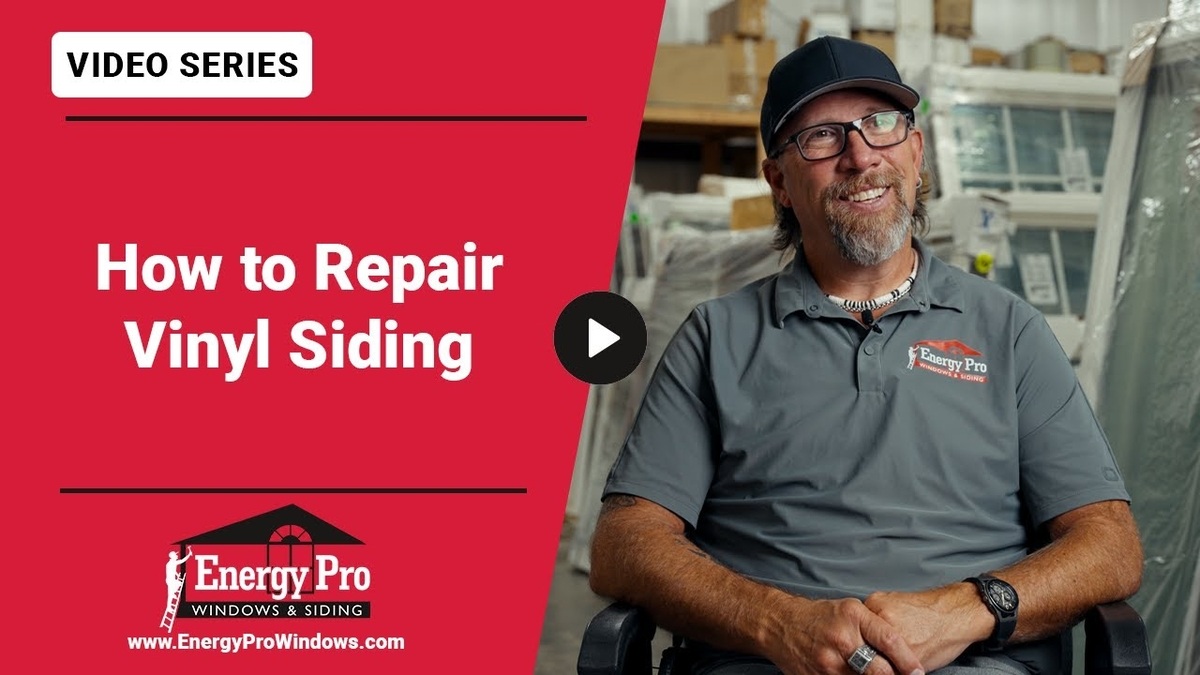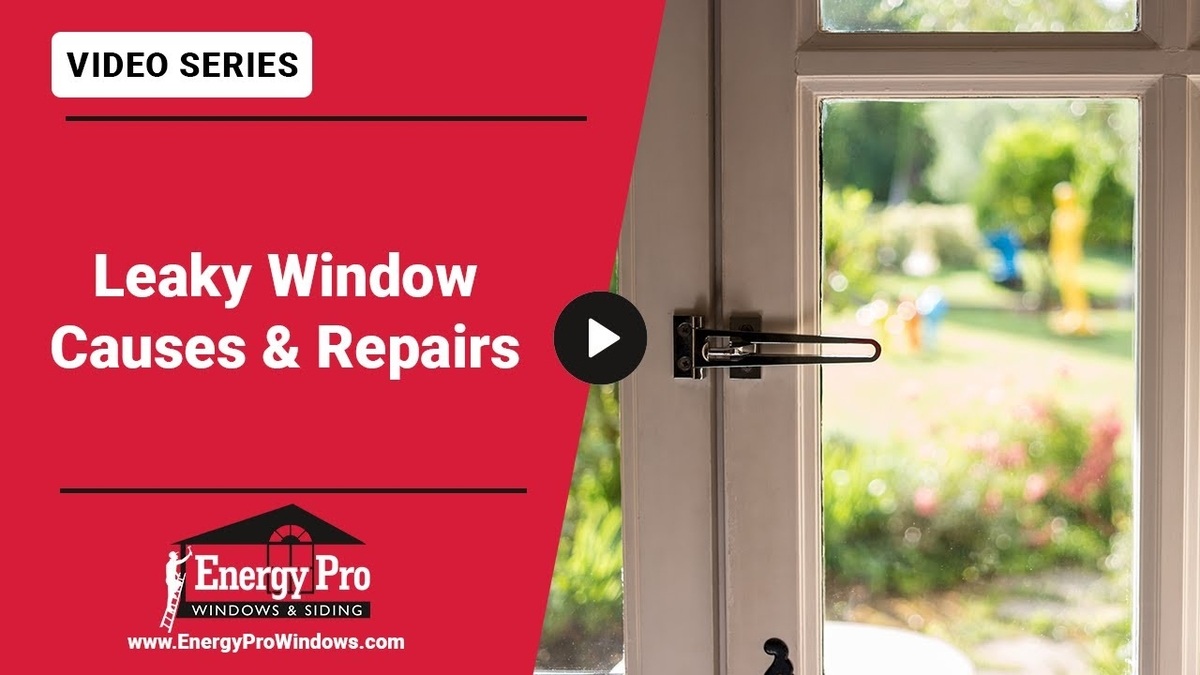Window warping is a common yet often overlooked issue that can affect the comfort, energy efficiency, and overall integrity of your home. Understanding the signs and consequences of warped windows, as well as the importance of proper installation, is crucial for maintaining the health and safety of your living space.
In this guide, we’ll provide insights on how you can identify and address window warping, ensuring the longevity and functionality of your home’s windows. Read on to learn more.
Signs of Window Warping
Window warping can be frustrating and problematic for homeowners. The number one cause of warping is exposure to the elements, including hot summers and cold winters, over an extended period. When your windows have been installed in your house for a considerable amount of time, they become susceptible to warping.
Water Infiltration
One of the first signs of window warping is often water infiltration. During the winter, you may notice water accumulating on the inside sills of your windows. This can be a clear indication that your windows are no longer providing an effective barrier against the elements. Water infiltration not only damages your windows but can also lead to issues like mold and mildew growth if left unaddressed.
Air Leaks and Whistling Sounds
In addition to water infiltration, another sign of window warping is the presence of air leaks. During the colder months, you might feel drafts as the window fails to seal properly. This can result in a whistling sound as air finds its way through the gaps. These drafts not only make your home less comfortable but also contribute to higher energy bills as your heating system works overtime to compensate for the heat loss.
The Irreversibility of Window Warping
Once window warping occurs, there is no quick fix to straighten them back into shape. Imagine a wooden board left out in the elements for too long; it begins to twist and warp. Similarly, most windows, whether made of wood or vinyl, cannot be easily untwisted once they have warped. When you notice signs of window warping, it’s crucial to act promptly.
The Consequences of Improper Window Installation
Proper window installation is vital to protecting your home from the elements, ensuring energy efficiency, and preventing water infiltration. If your windows are not installed correctly, you may face a range of issues.
Increased Energy Bills
Inefficient window installation can lead to increased heating and cooling bills. When windows don’t seal properly, they allow conditioned air to escape, forcing your HVAC system to work harder. This inefficiency results in higher energy costs and a less comfortable living environment.
Water Infiltration
Improperly installed windows can allow water to seep into your home. Water infiltration can damage walls, ceilings, and insulation, leading to costly repairs and potential health hazards from mold and mildew growth.
Structural Damage
Over time, slow leaks caused by improper window installation can compromise the structural integrity of your home. Water damage can weaken the wood framing and even lead to rot, jeopardizing the safety and stability of your property.
To avoid these consequences, it’s essential to have a professional window installer assess your situation and recommend the best course of action.
Conclusion
Discovering what causes warped windows is crucial for homeowners to ensure the longevity and functionality of their windows. If you notice signs of window warping, such as water infiltration, air leaks, or drafts, it’s essential to address the issue promptly. Remember that window warping is irreversible, so professional assistance is necessary.
Proper window installation is equally vital to prevent issues like increased energy bills, water infiltration, and structural damage. To protect your home and maintain energy efficiency, reach out to a professional window installer.
If you have any questions or need assistance with your windows, don’t hesitate to contact us. We are here to help you keep your home comfortable and secure.



